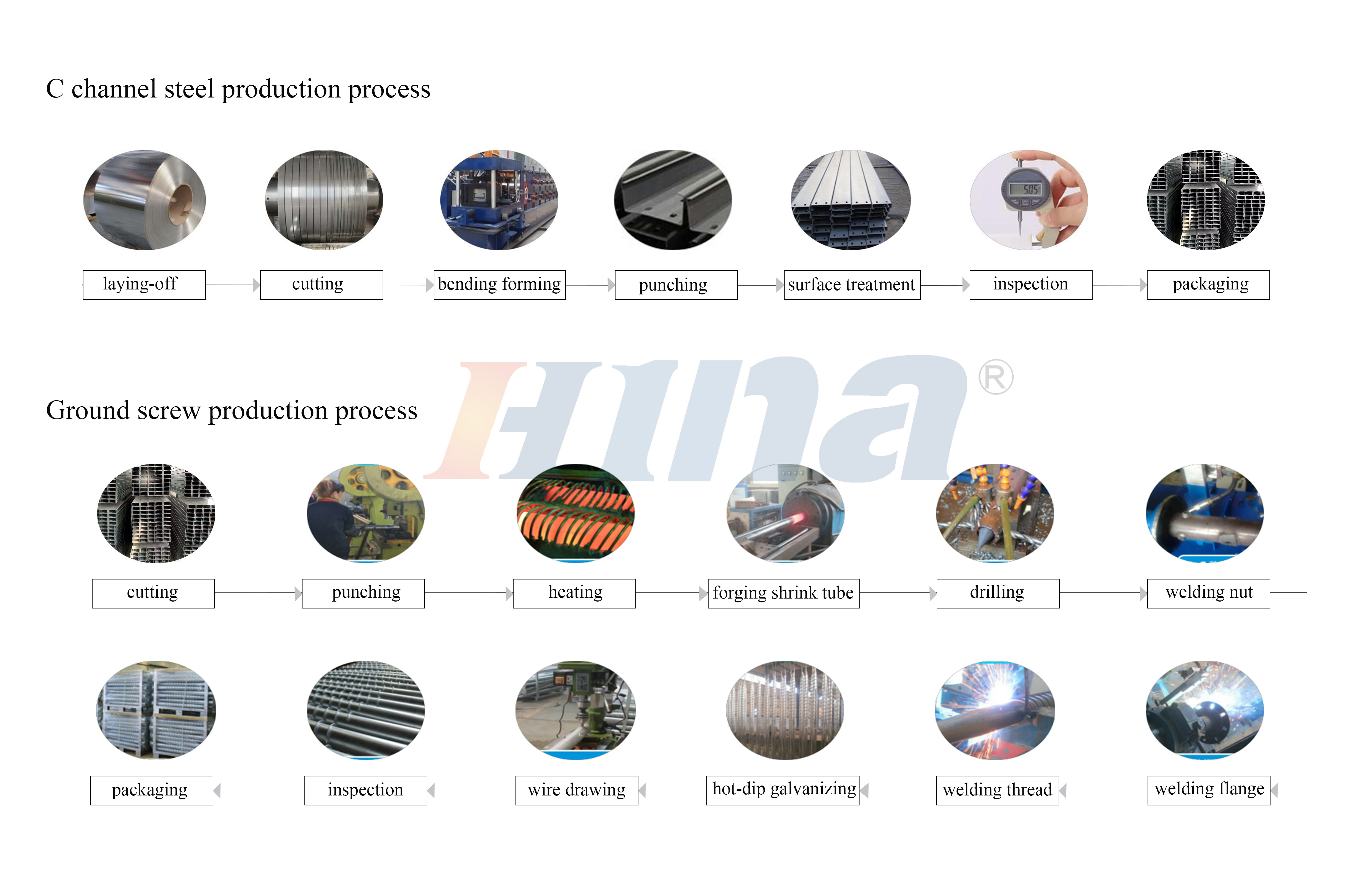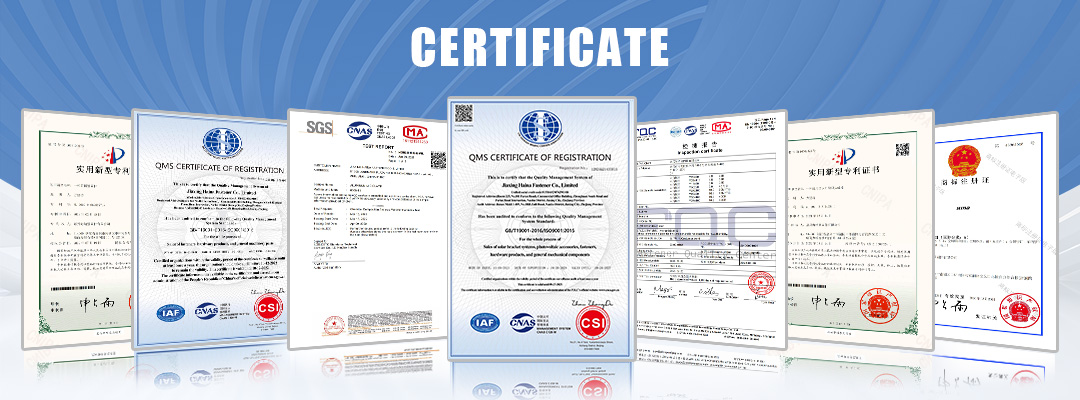- All
- Product Name
- Product Keyword
- Product Model
- Product Summary
- Product Description
- Multi Field Search
| Availability: | |
|---|---|
| Quantity: | |






customized
HNF
HNF2023071810
T Channel:
A T-channel is a type of structural steel with a cross-section shaped like the letter "T." It consists of a vertical stem (the web) and a horizontal flange at the top, giving it its distinctive T-shape. T-channels are commonly used in construction, mechanical manufacturing, and other industrial applications where a strong, yet lightweight, support structure is needed.
Production Process

Shape and Structure:
The T-channel has a "T" shaped cross-section, with the vertical web providing strength and the horizontal flange offering stability and distribution of forces. The geometry of the T-channel makes it particularly strong in bending and shear resistance.
Material:
T-channels are usually made from materials such as mild steel, stainless steel, or aluminum, depending on the application requirements. Stainless steel or galvanized versions are often used for corrosion resistance in harsh environments.
Strength and Durability:
T-channels offer excellent structural integrity, capable of supporting significant loads. The design maximizes strength while minimizing material usage, making it an efficient choice for many applications.
Ease of Fabrication:
T-channels are easy to cut, weld, and assemble, which makes them versatile for use in a variety of construction and manufacturing projects. Their shape also allows for easy integration with other components.
Applications:
Construction: T-channels are used in framing, supports, and structural reinforcements, particularly in scenarios where a strong, lightweight, and cost-effective solution is needed.
Mechanical Manufacturing: In machinery and equipment, T-channels are used as structural components for frames, supports, and guides, providing stability and resistance to deformation.
Automotive and Aerospace Industries: T-channels are sometimes used in the design of frames and components that require lightweight but strong materials.
Furniture and Racking Systems: T-channels are used in the design of modular shelving, industrial racking systems, and even furniture for added strength and flexibility.
High Strength-to-Weight Ratio: The T-shape provides excellent strength while keeping the overall weight low.
Cost-Effective: The design optimizes material use, making it an economical choice for structural applications.
Versatility: T-channels can be used in a wide range of industries, from construction to machinery manufacturing, due to their simple design and ease of integration.
Corrosion Resistance: Stainless steel T-channels are resistant to corrosion, making them ideal for outdoor or marine environments.
Company Services
Haina is committed to providing customers with high-quality stainless steel standard fasteners and professional services to meet various engineering needs. We have a large amount of spot inventory to ensure fast delivery and save you waiting time. In addition, we provide the following value-added services to help your purchasing experience:
1. Free samples: provide samples for customer testing.
2. 3.1 Test report: quality test report that meets international standards.
3. Video factory inspection: support video factory inspection to demonstrate production process and quality management.
Advantages
- Sufficient inventory: quick response to order requirements.
- Quality assurance: strict quality control to ensure product reliability.
Haina is committed to providing efficient and high-quality fastener services.

FAQ
What are the differences Between T Channel and Other Structural Shapes?
T Channel vs. Channel Steel: While both are used for similar applications, the T-channel has a broader top flange relative to the web, providing more surface area for load distribution. In contrast, channel steel typically has a more uniform shape between the web and flanges.
T Channel vs. I-Beam: I-beams have a similar shape but are typically used for heavier, more complex load-bearing applications. T-channels, on the other hand, are better for lightweight construction or when a more flexible design is needed.
Where is channel steel used?
Channel steel is used in construction for beams, columns, and curtain wall frameworks; in mechanical manufacturing for machinery supports; in vehicle manufacturing for frames; and in bridge engineering for auxiliary support.
How is channel steel different from I-beams?
Channel steel has a "U" shape, while I-beams have an "I" shape with wider flanges. Channel steel is better for applications requiring lateral stability and less weight, while I-beams are typically used for larger structural loads.
T Channel:
A T-channel is a type of structural steel with a cross-section shaped like the letter "T." It consists of a vertical stem (the web) and a horizontal flange at the top, giving it its distinctive T-shape. T-channels are commonly used in construction, mechanical manufacturing, and other industrial applications where a strong, yet lightweight, support structure is needed.
Production Process

Shape and Structure:
The T-channel has a "T" shaped cross-section, with the vertical web providing strength and the horizontal flange offering stability and distribution of forces. The geometry of the T-channel makes it particularly strong in bending and shear resistance.
Material:
T-channels are usually made from materials such as mild steel, stainless steel, or aluminum, depending on the application requirements. Stainless steel or galvanized versions are often used for corrosion resistance in harsh environments.
Strength and Durability:
T-channels offer excellent structural integrity, capable of supporting significant loads. The design maximizes strength while minimizing material usage, making it an efficient choice for many applications.
Ease of Fabrication:
T-channels are easy to cut, weld, and assemble, which makes them versatile for use in a variety of construction and manufacturing projects. Their shape also allows for easy integration with other components.
Applications:
Construction: T-channels are used in framing, supports, and structural reinforcements, particularly in scenarios where a strong, lightweight, and cost-effective solution is needed.
Mechanical Manufacturing: In machinery and equipment, T-channels are used as structural components for frames, supports, and guides, providing stability and resistance to deformation.
Automotive and Aerospace Industries: T-channels are sometimes used in the design of frames and components that require lightweight but strong materials.
Furniture and Racking Systems: T-channels are used in the design of modular shelving, industrial racking systems, and even furniture for added strength and flexibility.
High Strength-to-Weight Ratio: The T-shape provides excellent strength while keeping the overall weight low.
Cost-Effective: The design optimizes material use, making it an economical choice for structural applications.
Versatility: T-channels can be used in a wide range of industries, from construction to machinery manufacturing, due to their simple design and ease of integration.
Corrosion Resistance: Stainless steel T-channels are resistant to corrosion, making them ideal for outdoor or marine environments.
Company Services
Haina is committed to providing customers with high-quality stainless steel standard fasteners and professional services to meet various engineering needs. We have a large amount of spot inventory to ensure fast delivery and save you waiting time. In addition, we provide the following value-added services to help your purchasing experience:
1. Free samples: provide samples for customer testing.
2. 3.1 Test report: quality test report that meets international standards.
3. Video factory inspection: support video factory inspection to demonstrate production process and quality management.
Advantages
- Sufficient inventory: quick response to order requirements.
- Quality assurance: strict quality control to ensure product reliability.
Haina is committed to providing efficient and high-quality fastener services.

FAQ
What are the differences Between T Channel and Other Structural Shapes?
T Channel vs. Channel Steel: While both are used for similar applications, the T-channel has a broader top flange relative to the web, providing more surface area for load distribution. In contrast, channel steel typically has a more uniform shape between the web and flanges.
T Channel vs. I-Beam: I-beams have a similar shape but are typically used for heavier, more complex load-bearing applications. T-channels, on the other hand, are better for lightweight construction or when a more flexible design is needed.
Where is channel steel used?
Channel steel is used in construction for beams, columns, and curtain wall frameworks; in mechanical manufacturing for machinery supports; in vehicle manufacturing for frames; and in bridge engineering for auxiliary support.
How is channel steel different from I-beams?
Channel steel has a "U" shape, while I-beams have an "I" shape with wider flanges. Channel steel is better for applications requiring lateral stability and less weight, while I-beams are typically used for larger structural loads.